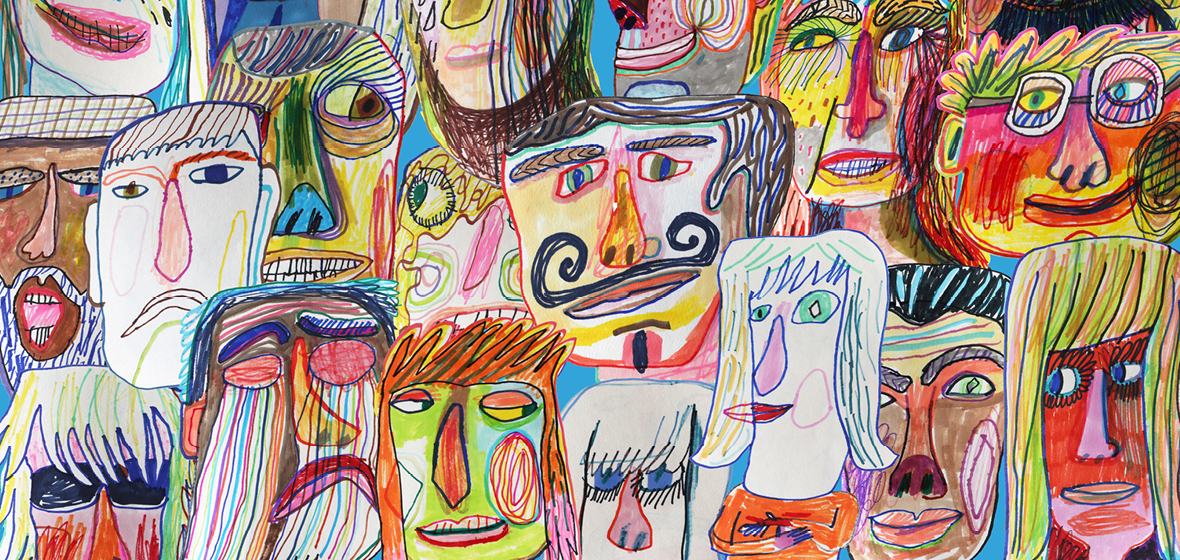Kids in Australia feel invisible, irrelevant and worthless, a new report has found. And now the UN knows about it.
The distinctive scrawl of children’s drawings and handwriting features throughout a document published by UNICEF Australia late last year. It’s a powerful design choice, which breaks up blocks of text from academics, lawyers, and policy writers who make a total of 190 recommendations as to what must happen to improve the lives of young Australians.
But the design does more than make the document, submitted to the UN Committee on the Rights of the Child in November 2018, visually impactful. It shows that the contents of The Children’s Report were informed by speaking to children and young people – more than 500 face-to-face meetings and 50 consultations in 30 different locations across the nation. The views of vulnerable children were also sought; the spotlight shone on their stories.




